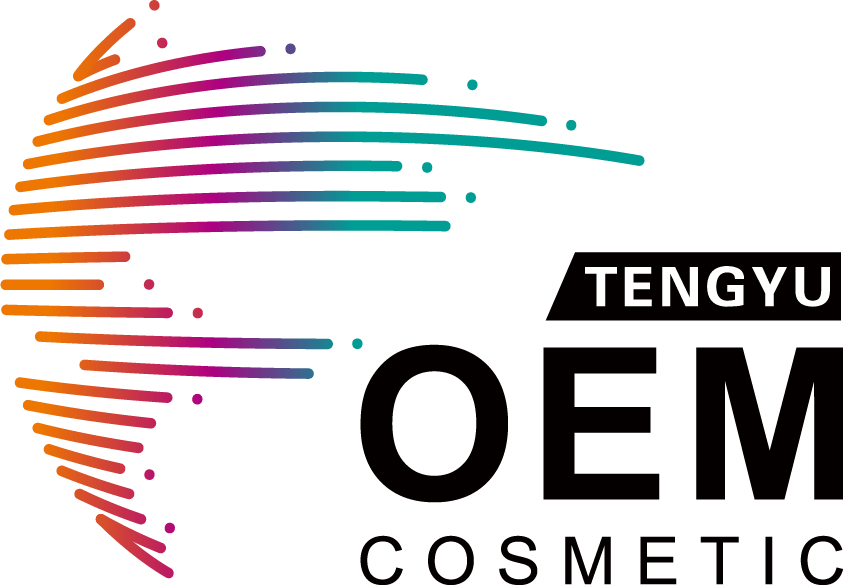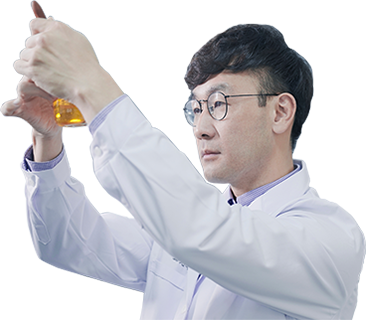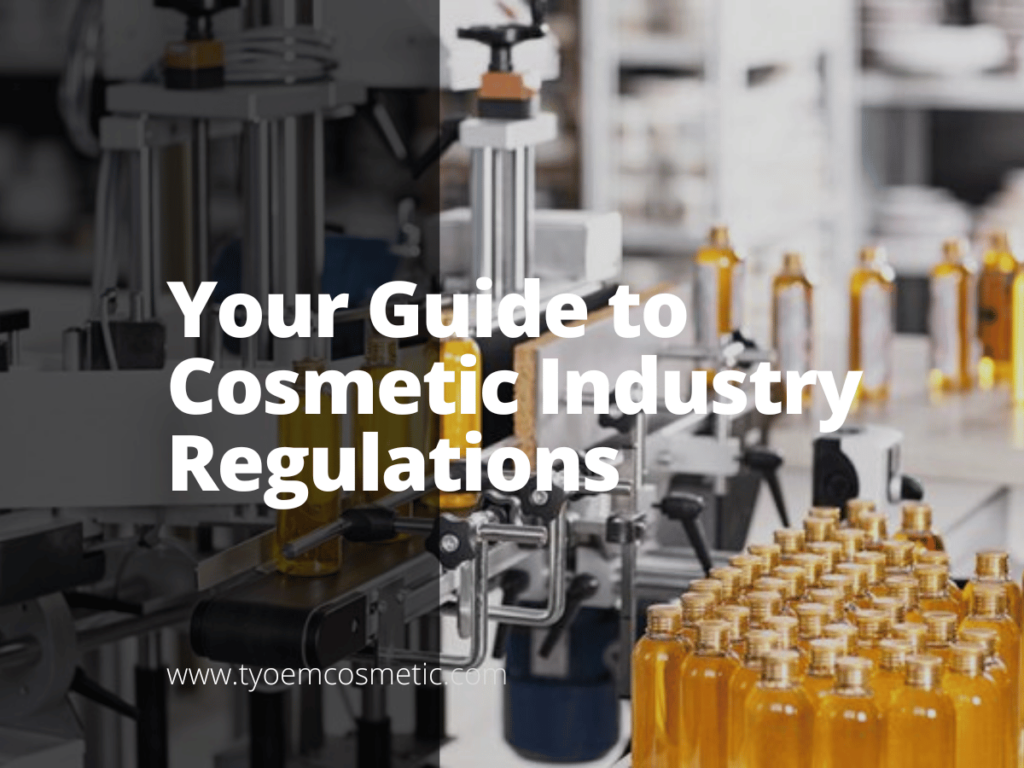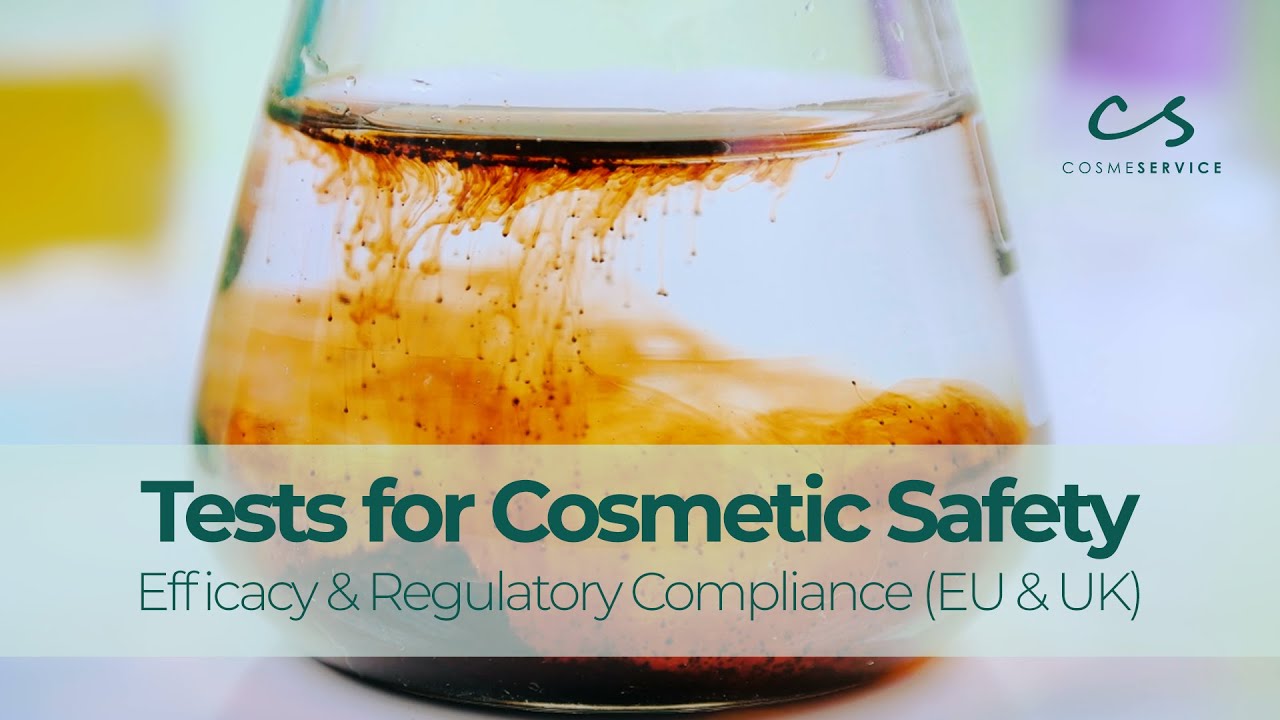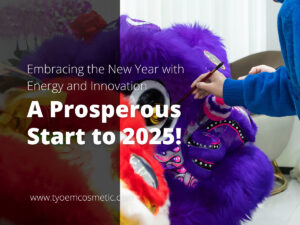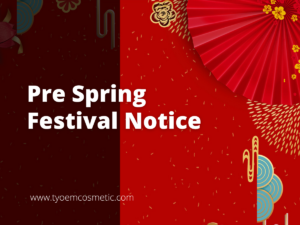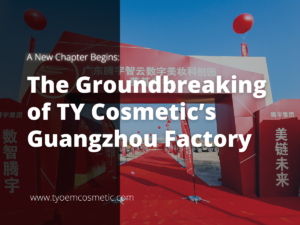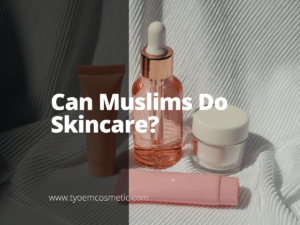Are you aware of the ever-evolving landscape of cosmetic regulations? Do you know how these changes impact your beauty products?
As an expert in the field, I bring a wealth of knowledge and insight into these critical changes.
The cosmetic industry regulations are a crucial aspect of maintaining quality and safety in beauty products. They ensure that products meet strict standards.
In this article, we will delve into the intricacies of cosmetic regulations and their significance in the beauty industry.
Keep reading to learn more.
1. Understanding Cosmetic Regulations
Cosmetic regulations are an intricate web of guidelines and standards that govern the beauty industry. These rules dictate everything from ingredient safety to labeling requirements. At their core, these regulations serve a dual purpose: protecting consumer health and ensuring fair market practices. They require rigorous testing of ingredients and finished products to ensure they are safe for use.
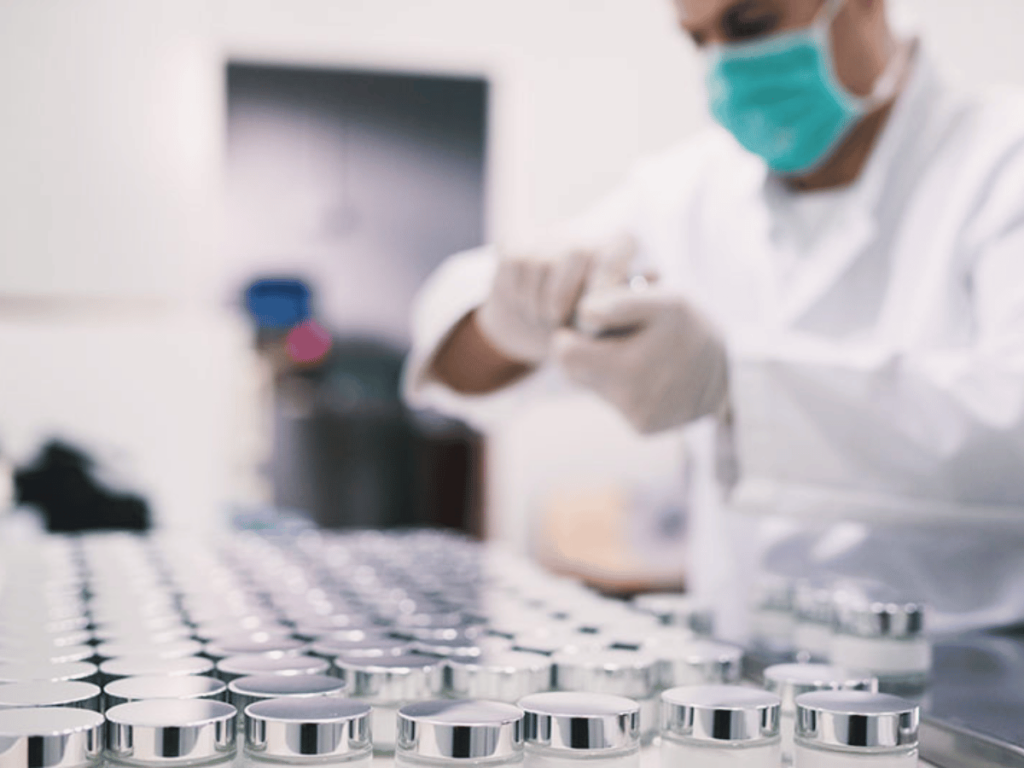
2. Key Regulatory Bodies and Their Roles
Navigating the landscape of cosmetic regulations requires an understanding of various key regulatory bodies. Here are the organizations that set the standards and guidelines that shape the cosmetic industry.
The U.S. Food and Drug Administration (FDA)
The U.S. Food and Drug Administration (FDA) plays a critical role in regulating cosmetics in the United States. It ensures the safety and labeling of cosmetics, enforcing regulations that prohibit the sale of adulterated or misbranded products. The FDA’s regulations are influential, often setting a precedent for cosmetic standards globally.
The European Commission (EC)
The European Commission (EC) is another significant regulatory body, overseeing cosmetic regulations within the European Union. The EC’s regulations are known for being stringent, focusing on ingredient safety and consumer rights. They maintain a comprehensive list of prohibited substances and require detailed labeling, including potential allergens.
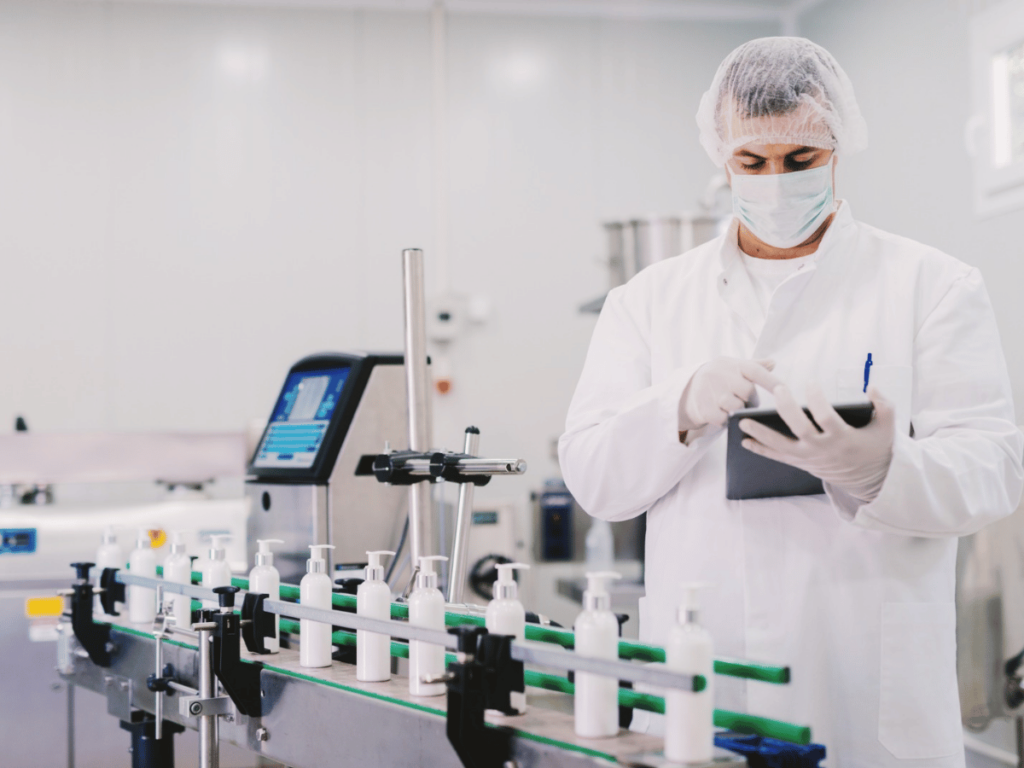
3. Ingredients and Labeling Compliance
In the world of cosmetics, ingredients and labeling compliance are pivotal elements that ensure consumer safety and transparency. Here are some aspects:
Global Ingredient Regulations
Globally, the regulations governing cosmetic ingredients focus on ensuring product safety and efficacy. Regulatory bodies like the FDA and EC maintain lists of banned or restricted substances, which manufacturers must adhere to. These lists are updated regularly, reflecting new scientific findings.
For instance, certain parabens and phthalates, once common in cosmetics, are now restricted due to health concerns. Additionally, the regulations demand thorough testing of new ingredients to assess potential risks like allergic reactions or long-term health effects. This vigilance helps in maintaining consumer trust and industry integrity.
Labeling Standards Worldwide
According to FDA, labeling standards in the cosmetic industry are crucial for providing consumers with essential product information. Worldwide, these standards require clear and honest labeling, including ingredients, usage instructions, and any safety warnings. The labeling must also indicate the product’s country of origin, batch number, and expiration date.
This transparency enables consumers to make informed choices, especially those with allergies or sensitivities. In the EU, for example, the presence of allergens must be explicitly stated on the label. These stringent labeling requirements not only protect consumers but also help build a credible and trustworthy cosmetic market.
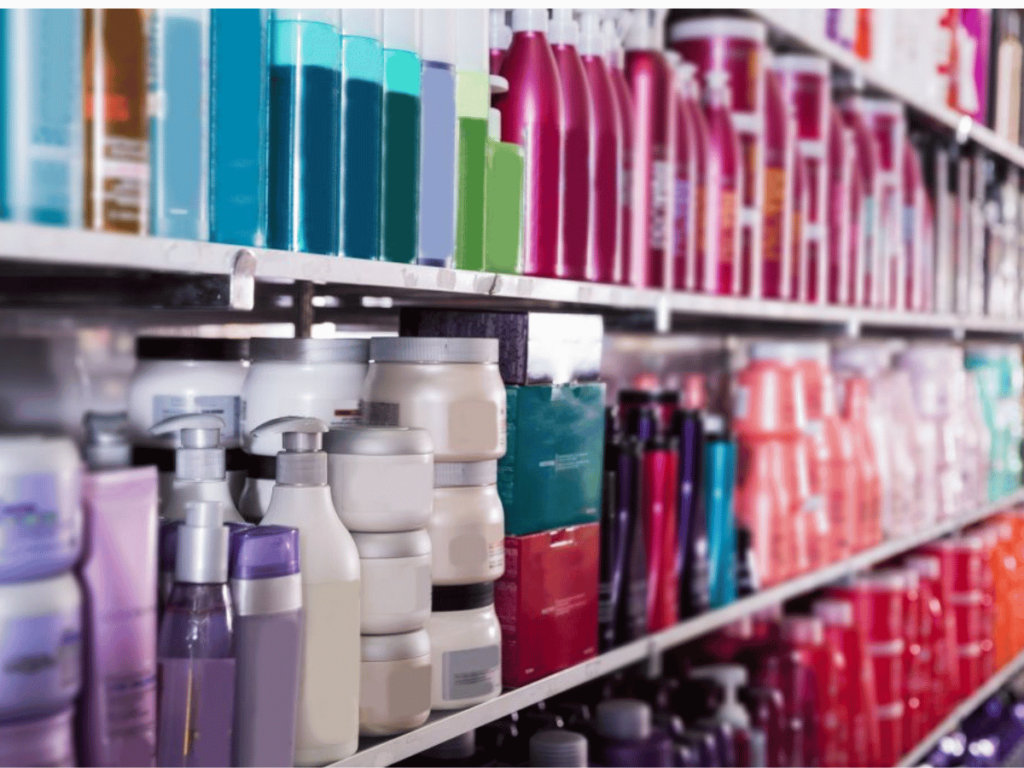
4. Testing and Compliance Procedures in the Cosmetic Industry
The process of testing and ensuring compliance in the cosmetic industry is intricate and thorough, designed to uphold product safety and quality. Here’s an expanded guide to how this is typically achieved:
- Develop a Compliance Plan: Start by understanding the specific regulatory requirements for cosmetics in your target markets. This plan should outline all the necessary tests and documentation required for compliance.
- Select Appropriate Testing Laboratories: Choose certified laboratories with expertise in cosmetic testing. These labs should be equipped to conduct a range of tests, from ingredient safety to product efficacy.
- Ingredient Safety Assessment: Test each ingredient for safety, including potential toxicity, allergenicity, and any harmful effects. This is especially important for new or less common ingredients.
- Product Stability Testing: Conduct stability tests to ensure the product maintains its integrity and efficacy under various conditions, such as heat, light, and air exposure. This helps determine the product’s shelf life.
- Efficacy Evaluation: Perform tests to validate the claims of the product, whether it’s hydrating, anti-aging, or sun protection. This may involve clinical trials or consumer studies.
- SafetyValidation: Carry out comprehensive safety evaluations to ensure the product is safe for consumer use. This includes testing for skin irritation, eye irritation, and long-term health effects.
- Compliance with Labeling Requirements: Ensure that the product’s labeling is accurate and compliant with regulations. This includes listing all ingredients, providing usage instructions, and declaring any potential risks.
| Element | Description | Compliance Requirement |
| Product Name | The name of the cosmetic product. | Must be accurate and not misleading. |
| Ingredients List | List of all ingredients in descending order of concentration. | Must be listed using the International Nomenclature of Cosmetic Ingredients (INCI). |
| Net Quantity | The amount of product in the container (e.g., ounces, milliliters). | Must be labeled in metric units. |
| Manufacturer’s Information | Name, address, and contact information of the manufacturer. | Must be provided for easy identification. |
| Batch/lot number | A unique identifier for tracking purposes. | Required for traceability in case of recalls. |
| Directions for Use | Instructions on how to use the product safely and effectively. | Must be clear and accurate. |
| Precautions and Warnings | Any specific warnings or precautions for safe use. | Required for products with potential risks. |
| Expiry Date (if applicable) | The date until which the product remains safe and effective. | Required for products with a shelf life of less than 30 months. |
| Storage Conditions | Instructions on how to store the product properly. | Must ensure product stability and safety. |
| Country of Origin | The country where the product was manufactured. | Required for imported cosmetics. |
| Allergen Information | Declaration of known allergens in the product. | Mandatory for allergenic ingredients. |
| Cruelty-Free and Vegan Claims | Claims about animal testing and vegan ingredients. | Must align with substantiated practices. |
| Product Identification Number (PIN) | Unique identifier for tracking and recall purposes. | May be required in some regions. |
| Safety Testing Information | Data from safety assessments and tests conducted on the product. | Required to ensure product safety. |
- Prepare Compliance Documentation: Compile all test results, safety assessments, and certifications into a detailed dossier. This documentation may be required for regulatory submissions or inspections.
- Monitor Regulatory Changes: Stay informed about changes in cosmetic regulations and standards. This is crucial for ongoing compliance, especially when introducing new products or entering new markets.
- Post-Market Monitoring: After the product launch, continue monitoring for any consumer feedback or adverse reactions. This ongoing surveillance is key to maintaining compliance and addressing any issues promptly.
5. Impact of Regulations on Product Development
The influence of regulatory frameworks on cosmetic product development is profound and multifaceted. These regulations shape every stage of product creation, from initial concept to market launch:
Influencing Ingredient Selection and Formulation
Regulatory guidelines significantly impact the selection of ingredients and formulation of cosmetic products. As manufacturers, TY Cosmetic understands that they must adhere to approved ingredient lists, avoiding substances that are banned or restricted in their target markets. This necessity often leads to reformulating products to comply with different regional standards, a consideration that extends to the planning of cosmetics event ideas.
Shaping Product Testing and Marketing Strategies
Regulations also dictate the testing procedures and marketing strategies for cosmetic products. Mandatory safety and efficacy testing ensure that products meet the high standards expected by consumers and regulatory bodies. This extensive testing can extend the development timeline and increase costs, influencing the overall strategy for product launch.
Driving Innovation and Sustainability
Regulatory pressures in the cosmetic industry also serve as a catalyst for innovation and sustainability. As regulations evolve to address environmental concerns and consumer health, manufacturers are incentivized to develop new, safer, and more sustainable ingredients and packaging solutions. This shift has led to a surge in green chemistry, biodegradable materials, and cruelty-free testing methods.

6. Trends and Future of Cosmetic Regulations
According to Research Gate, where annual sales growth of beauty and personal care products is averaging 15% and expected to reach US$38 billion this year, it’s evident that the landscape of cosmetic regulations is constantly evolving. Here are some of these trends:
Emphasis on Natural and Organic Ingredients
There’s a growing consumer preference for natural and organic ingredients in cosmetics, driving regulatory bodies to establish clearer standards and definitions for these terms. This trend reflects a broader shift towards wellness and sustainability. Regulations are increasingly focusing on the sourcing, safety, and environmental impact of natural ingredients.
Advancements in Biotechnology and Synthetic Biology
The rapid advancements in biotechnology and synthetic biology are set to revolutionize the cosmetic industry. As a result, regulatory frameworks will need to adapt to these new methods of ingredient creation. TY Cosmetic established safety protocols for genetically modified organisms (GMOs) used in cosmetics and addresses ethical concerns related to biotechnology.
Global Harmonization of Cosmetic Regulations
There is a growing trend towards the harmonization of cosmetic regulations across different regions. This movement aims to simplify the global beauty market, making it easier for companies to expand their reach while ensuring product safety and quality. Harmonization efforts facilitate trade and reduce barriers, but also require brands to meet universally high standards.
Increased Focus on Digital and AI Technologies
Digitalization and AI technologies are becoming integral in the cosmetic industry, from product development to consumer interaction. With the rise of personalized beauty products and AI-based skin analysis tools, regulatory bodies will likely introduce new guidelines to govern these technologies. This includes ensuring the accuracy and safety of AI recommendations and protecting consumer data privacy.
Conclusion
As we’ve explored, understanding and adhering to cosmetic industry regulations is essential for any business in the beauty sector. These regulations not only ensure consumer safety but also help maintain the integrity and trustworthiness of your brand.
If you’re seeking expertise and assistance in navigating these complex regulations, TY Cosmetic is here to help. Contact us today to learn more about how we can support your journey in the cosmetic industry.
